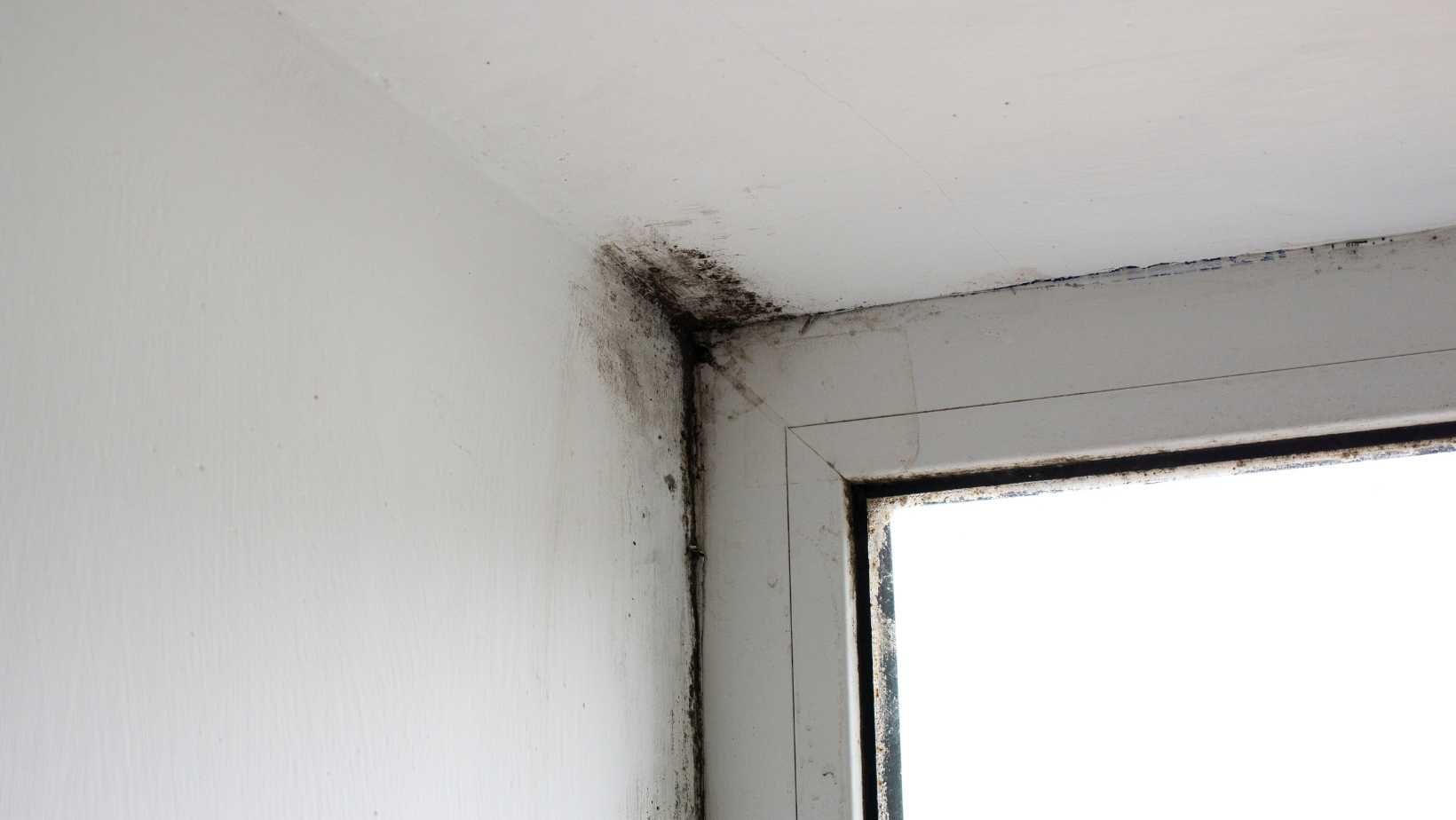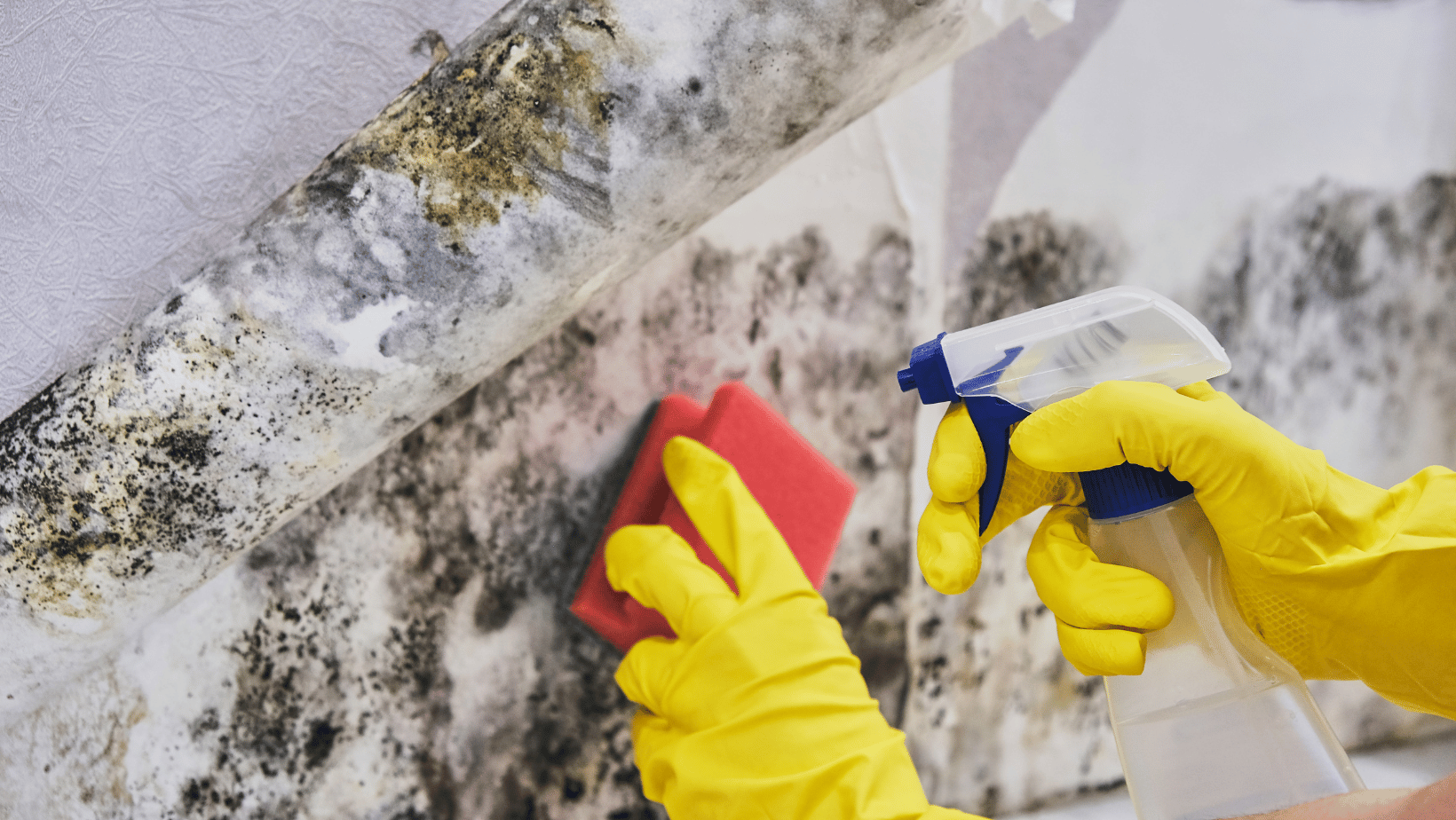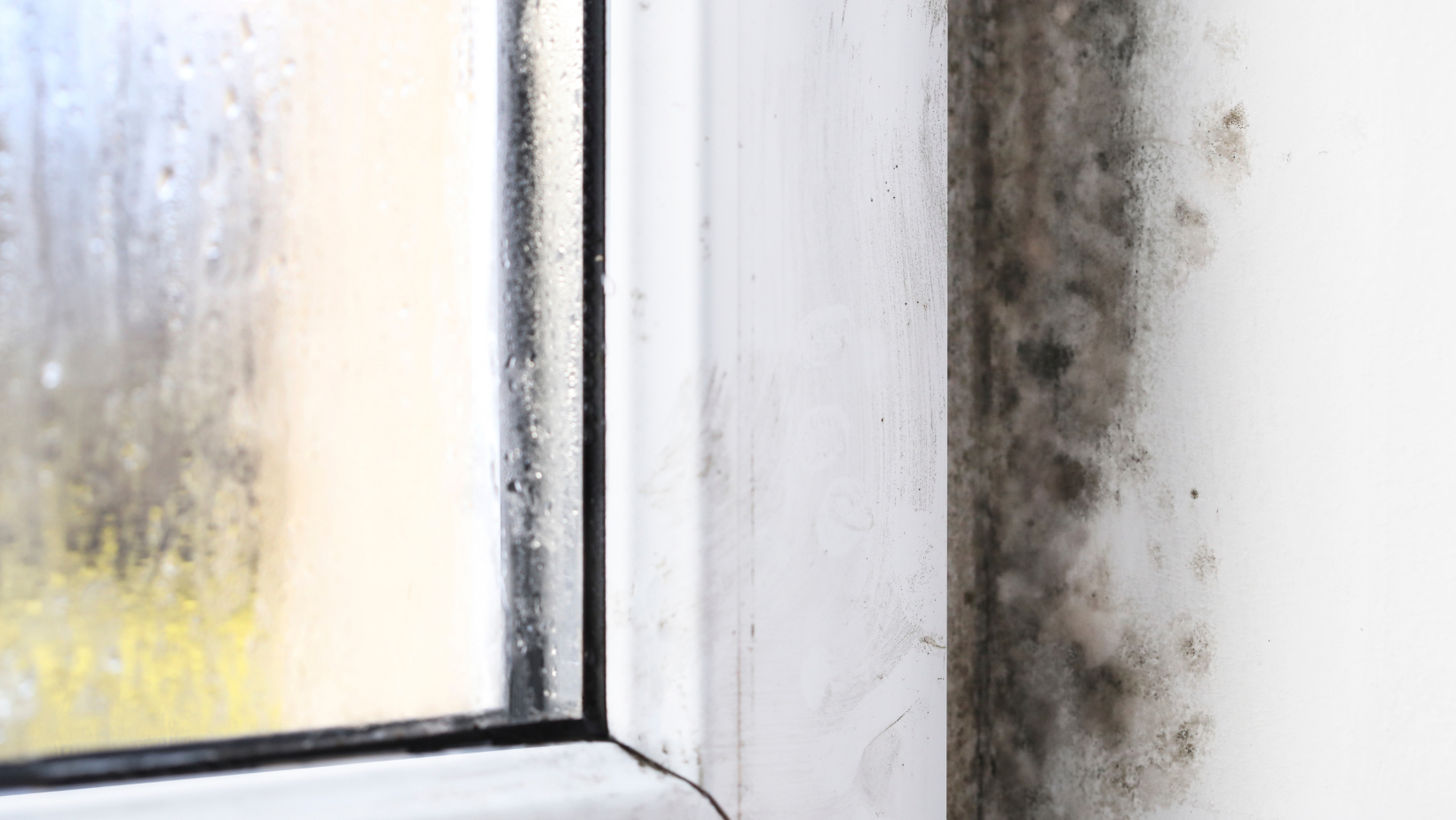Mildew is much less of a cause for concern than actual mold. However, this is not to imply that mildew cannot cause damage to your home if left untreated. Mold and mildew are both fungi. They both appear in areas of excess moisture, can appear as an almost chalk-like powdery substance, and tend to give off earthy, unpleasant odors. Mold and mildew also cause similar allergic reactions in people with sensitivities. These reactions can include irritation to the eyes, nose, and throat, as well as skin irritation and trouble breathing. It is important to keep in mind, however, that everyone will react differently to different allergens. With all of these similarities, it is understandable that some people use the two terms interchangeably. The truth is that mold is much more invasive than mildew. This means that mold is much more likely to cause damage to your home, and at a much more rapid rate than mildew.
One of the visible differences between mold and mildew is that mold can be seen taking many forms. There is not just one specific visual sign that is indicative of mold. Mildew on the other hand tends to only appear as that aforementioned powdery, flat substance. Mildew is also significantly easier to rid your home of compared to mold. This is partly due to the fact that it only develops on the top layer of any surface it may settle on. It is most commonly found in kitchens and bathrooms. Luckily, the non-porous nature of these areas of the home make it easy to simply wipe away any mildew you find with a disinfectant wipe. As previously mentioned, mold is much more invasive, meaning that it will take more than a quick wipe down to get rid of.





